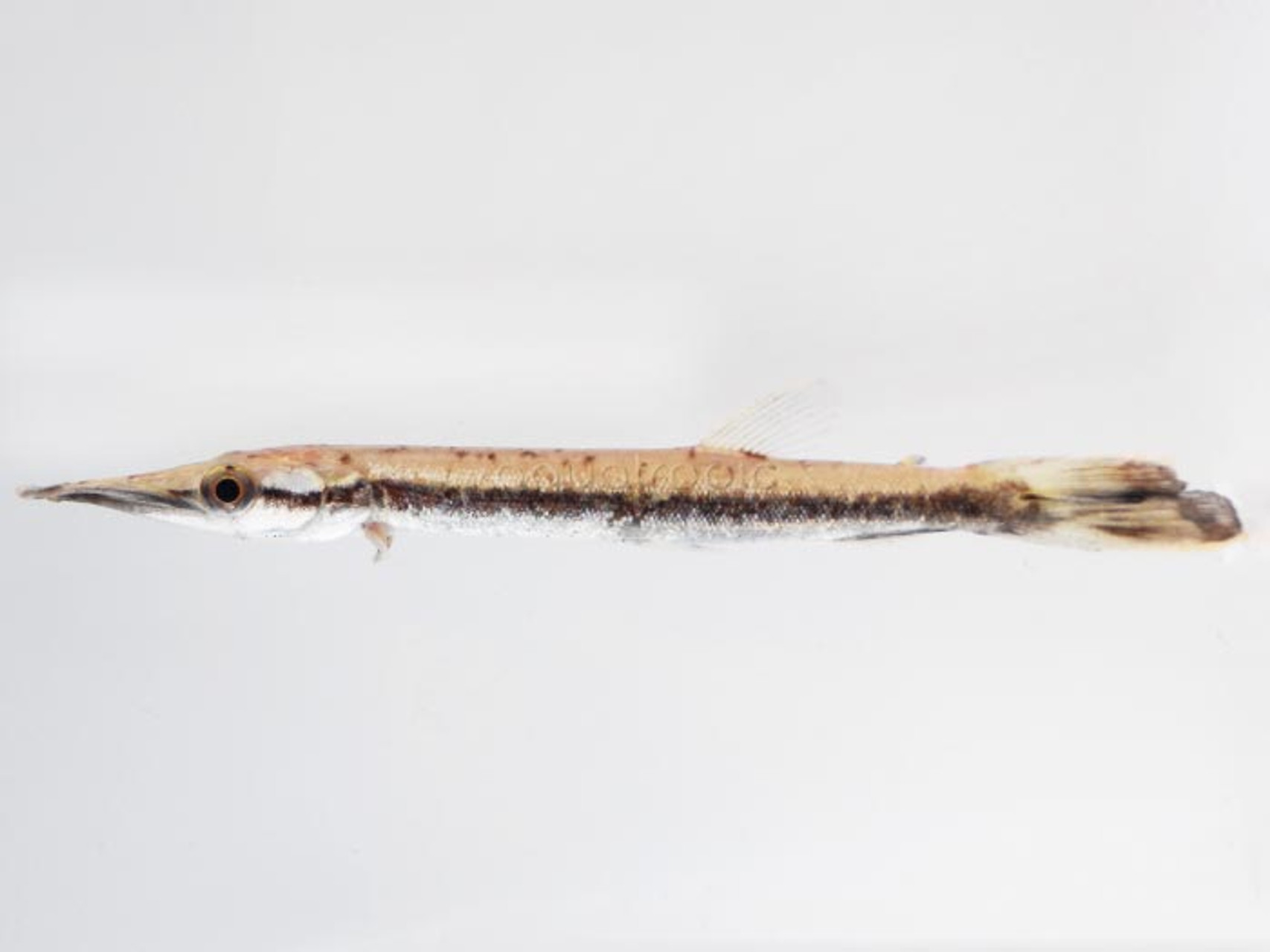Marbled Gar (Boulengerella maculata)

When is a gar not a gar? When it’s really more of a tetra… like with the Marbled Gar (Boulengerella maculata). Though it shares a comparable body shape with the true gars, this is the result of these two unrelated fishes having a similarly predatory lifestyle. Both skulk about slowly near the surface of the water, picking off any unwary fish that ventures too closely. But, while the true gars are of an ancient evolutionary stock, Boulengerella is actually a characiform (classified within the small family Ctenoluciidae), and thus a close relative of the tetras. You’ll also see this fish referred to as a “pike-characin”, in reference to its similarities to yet another unrelated predatory fish—the pike.
But unlike gars and pikes, Boulengerella is a highly suitable fish for captivity, growing to only around a foot in length. Granted, this still requires a substantial aquarium size to adequately house a mature specimen—somewhere in the neighborhood of one-hundred gallons or more. And, unsurprisingly, this powerful, surface-dwelling fish also has a tendency towards jumping out of open aquariums, so a well-fitted lid is definitely a requirement.
The Marbled Gar occurs across a vast swath of tropical South America, occupying the main channels of several large river systems. The species often occurs in loose shoals, and, in a large enough system, multiple specimens can generally be kept together without problem. There are many other South American fishes which make for ideal tankmates, but it is imperative that they are too large to be considered a potential prey item by Boulengerella. Good choices might include some of the larger catfishes from the region, as well as the similarly predatory Acestrorhynchus barracudas and Hydrolycus vampire tetras; many cichlids would work well, as would silver dollars or pacu.
Feeding the highly predatory Marbled Gar is always a lively affair. Live foods can be entertaining, but they come with the risk of introducing parasites. Luckily, chopped meaty foods floating on the surface are also taken with gusto, thanks to the broad diet Boulengerella has in the wild. Everything from fish to floating insects is on the menu in the Amazonian waters it calls home, and it’s a good idea to replicate this variety for captive specimens.